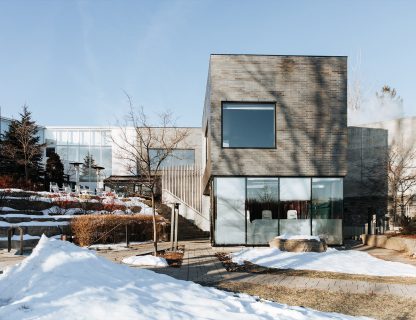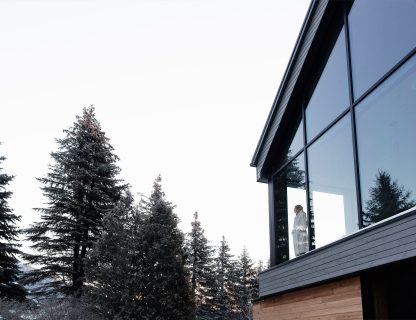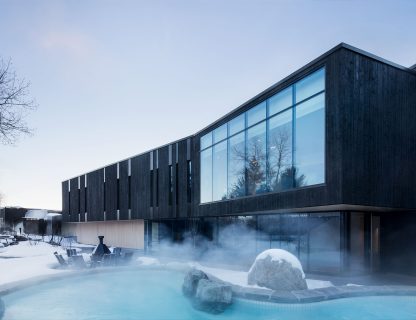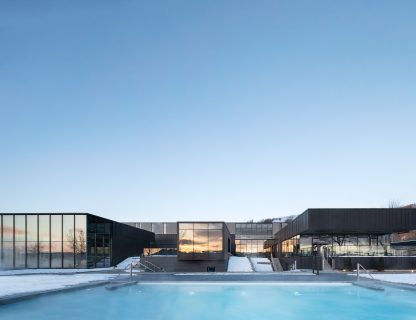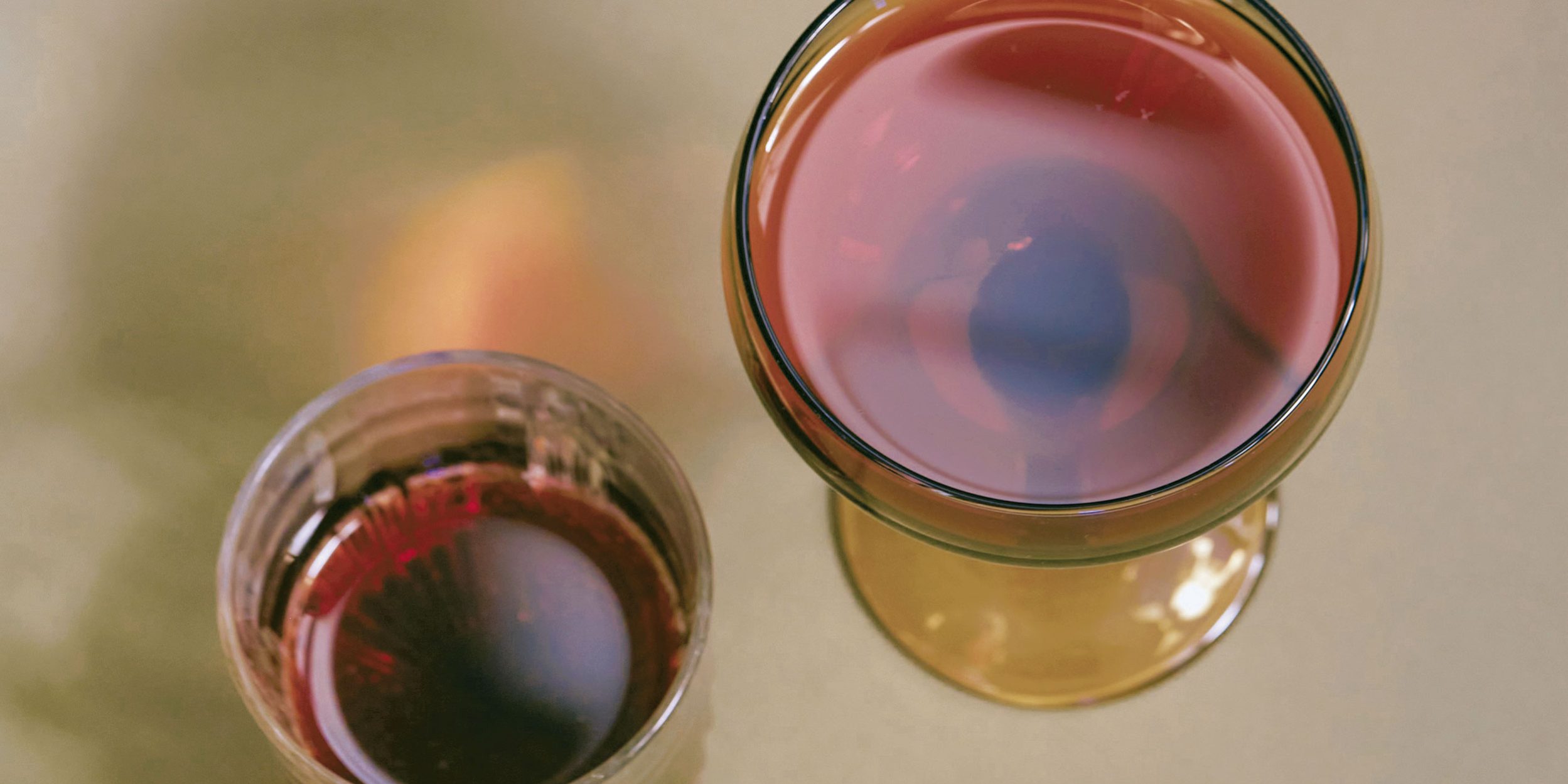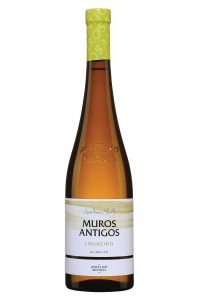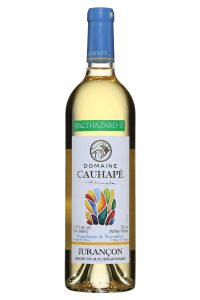There’s something so satisfying about taking your time. To cook, to read a book, to wander through the forest… to live in the present moment. In a life that we often lead in fast forward, these moments in which we let our expectations and apprehensions fall away are often the most delicious.
For its part, wine doesn’t live its life in fast forward. If it only knows how to do one thing, it’s taking its time. We sometimes even say of a wine that we want to let age that we’re going to… wait for it! But what happens while we wait? How can a bottled wine improve over the years? And what conditions are necessary to allow it to reach its full potential? Here’s a brief guide to the basics of wine aging.
Like you and I, wine needs oxygen to live (and therefore, to age). Under its aluminum collar, the cork stopper lets in oxygen. The amount is minimal, but sufficient to allow the wine to evolve through complex chemi- cal reactions. These reactions will have the effect of altering the wine’s appearance, taste, and texture over time. Red wines will change colour, becoming orange, then brown, while whites will become darker, first golden, then orange and brown. The primary aromas of youth (fruits, flowers) will make way for aromas of evolution, such as cooked and dried fruits, and other aromas such as humus, mushrooms, spices, grilling, and leather will appear. Finally, the tannins will soften, going from harsh to silky, giving the wine a more enveloping texture.
These changes will give the wine complexity, depth, persistence, and character… until it reaches its peak, deteriorates, becomes thin and flavourless, and finally dies. The ulti- mate goal when aging wine is therefore to catch it at the peak of its shape rather than at the end of its life. But how do you know if it’s the right time to open a bottle that you’ve been keeping for a few years? I may disappoint some people here: you can never be completely certain. There’s no miracle recipe, but there are a few keys to increase your chances of success.
First, you need to know how to buy properly. If the intention is to age a bottle, find out about the producer, the grape variety(-ies), the region, the vintage, etc. To draw broad generalizations, let’s say that red wines based on varieties that are richer in tannins (Cabernet Sauvignon, Sangiovese, Nebbiolo, etc.) have better storage potential, as do white wines with high acidity (Riesling, Chenin Blanc). The sugar content is also a good indicator. Dessert wines are among those that keep best.
Then, know how to store your bottles prop- erly. The back of a closet is no longer suffi- cient for such a project! You should look for a dark place without any vibrations where the temperature remains stable (between 10 °C and 14 °C) and the humidity level is around 70%.
The last key is to track the progress for yourself. By having three bottles of the same wine on hand, you can taste it at different stages of its development. For example, you can try the first bottle after five years, the second after 10 years, and the last one after 15 years. This may seem like a rich man’s game, but it’s possible to find good storage candidates between $25 and $50. In any case, one thing is certain: you will have to be patient and let time take its course.
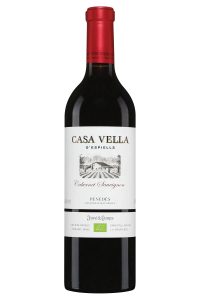
Juvé y Camps, Penedès, Casa Vella d’Espiells 2019, organic
13351459 — $25,50
Part of the aging work has already been done with this 2019 vintage. This Spanish Cabernet Sauvignon has a great intensity and is reminiscent of ripe blackberries, spices, and toasted nuts, with a very nuanced woody side. Although it’s a treat even if consumed immediately with lamb chops or your favourite piece of red meat, it will continue to improve for the next five years at least!
Anselmo Mendes, Vinho Verde, Muros Antigos 2023
12455088 — $16,65
If you have preconceived ideas about Vinho Verde (i.e., that this appellation produces very light and sweet wines), this 100% Alvarinho will make you lose them in an instant. Produced by Anselmo Mendes, a master of the vinification of this variety, you will find substance and freshness here. With aromas of stone fruits, apple, and citrus, you can enjoy it as an aperitif or with fresh Mediterranean cuisine. To be consumed within the next three years.
Domaine Cauhapé, Jurançon, Symphonie de Novembre 2021
10782510 — $43,00
The Jurançon region in southwestern France is known for its dessert wines. Here is one made solely from the Petit Manseng grape variety harvested late in the season—in November, as indicated by the name of the vintage. Very aromatic, citrus, pineapple, dried fruit, and a spicy and grilled aspect can be found here, all enhanced by a nice acidity that balances everything. To be enjoyed with a cheese plate or a tarte Tatin without delay… or in 15 years!
